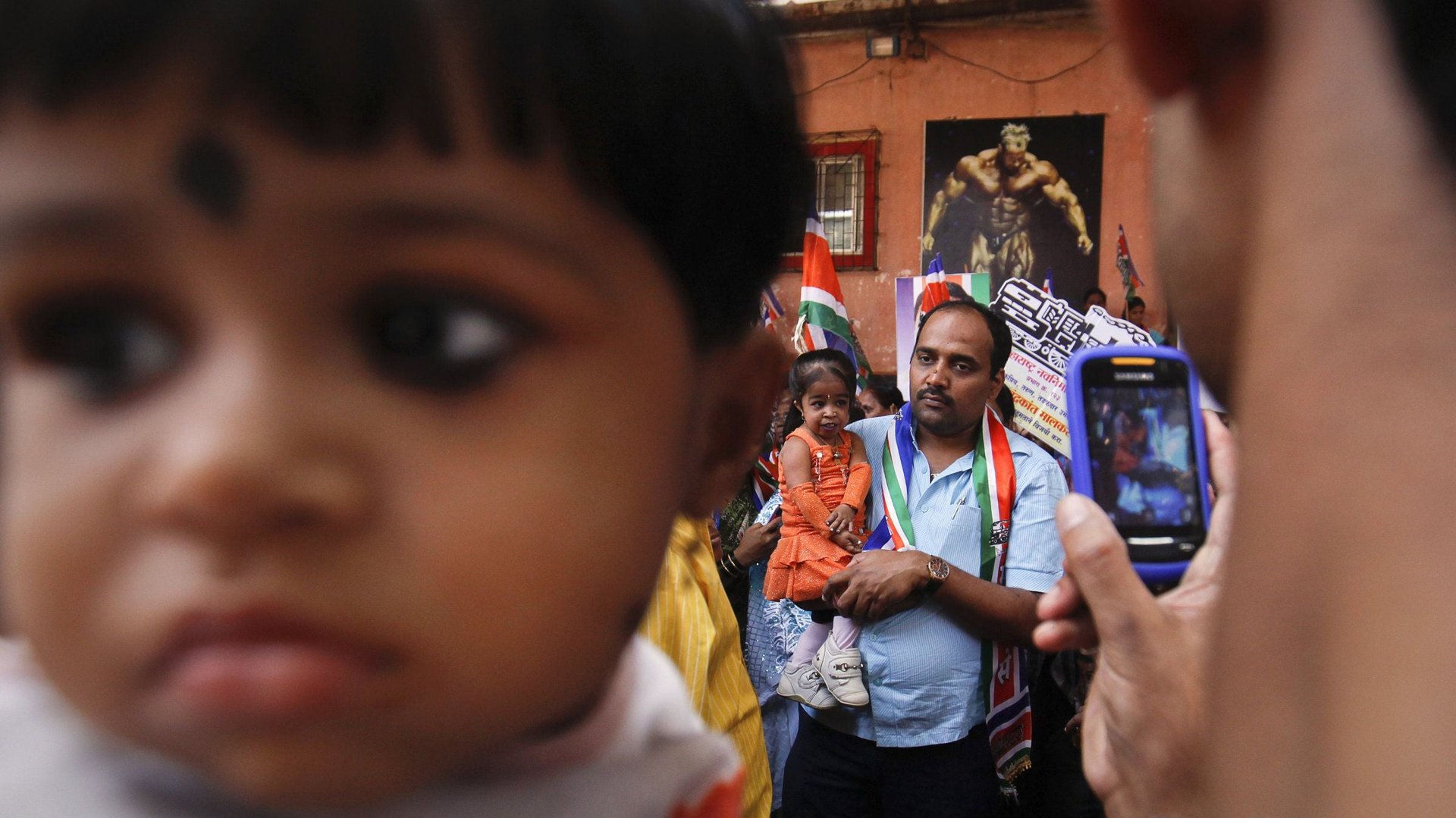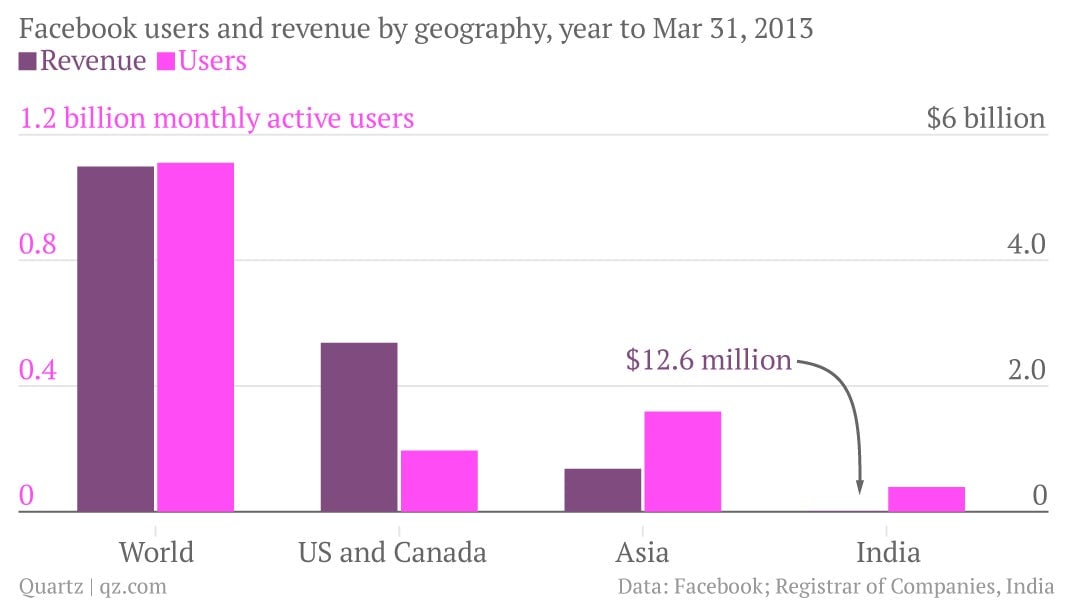Indians are about to outnumber Americans on the internet
There will be more Indians on the internet by the end of this year than there are Americans, according to Rajan Anandan. He should know; Anandan heads up Google in India.


There will be more Indians on the internet by the end of this year than there are Americans, according to Rajan Anandan. He should know; Anandan heads up Google in India.
Even more striking than the growth through this year is the growth to come. According to the World Bank’s numbers for 2013, 84.2% of Americans are online. That’s 268.3 million people. In India, 186.7 million people were online as of last year—but that’s only 15.1% of the population. McKinsey forecasts that India will have between 330 million and 370 million users by 2015 (versus 279 million in the US). Anandan reckons that by 2018, there will half a billion Indians online.
A flood of cheap smartphones in the market is encouraging rapid internet adoption. According to Kunal Bahl, who runs Snapdeal, one of India’s largest e-commerce sites, 60% of people who buy a mobile phone from his website have never bought a phone before. They’re mainly gravitating toward smartphones like this one, which runs Android 4.4 and costs $50 (and currently is sold out). Everybody from Google to Xiaomi is rushing into the market.
Internet adoption in India is more than just a matter of numbers. It also will influence how the web develops, especially on mobile. Already, user experiences in the developing world have led to technical changes in Facebook’s mobile app. But that only scratches the surface. Indians use services like Facebook in fundamentally different ways, friending all and sundry and amassing oddly-shaped networks that do not conform to Facebook’s data scientists’ ideas of what networks tell us about people.
It also means that companies such as Facebook and Google will have to reconsider how they do business. One way they are going about it is to shepherd as many people as they can onto the web, in the hope that as these people grow older and wealthier, they will stick with the internet services they started off with. (There’s precedent for this.)
But for the moment, these companies barely eke out a living from India. In a way, American advertisers are subsidizing Indian users.

Other markets around the world have seen heady growth, and have plenty of potential remaining: Russia has its homegrown web giants, as does China and other large Asian markets. But India, since its geeks (if not consumers) are largely Anglophone, remains a part of the western market—which means that as Indians become the second-largest nationality online (after the Chinese), they simultaneously will become the single largest group on the English-language internet.